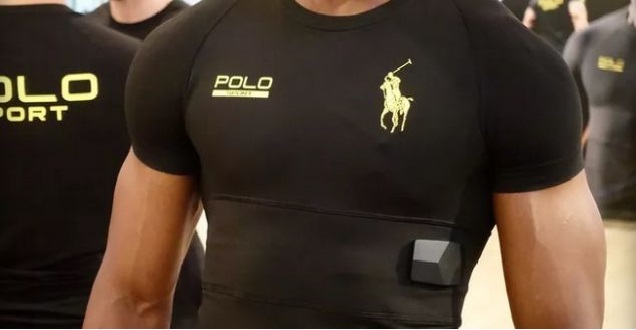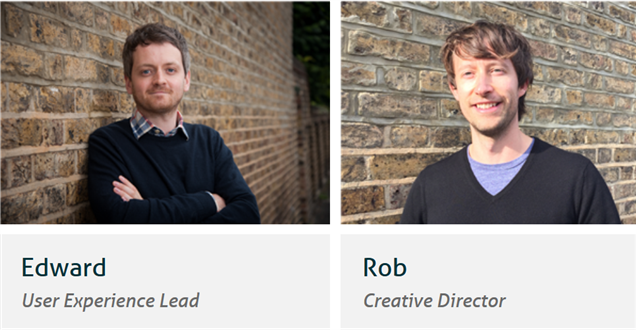Six Web Trend predictions for 2016
In October 2014 we wrote a blog on Five web trends over 2014 & Webigence’s thoughts on trends for 2015. So it is about time we do this year’s review and predictions for 2016.
For 2015 our UX and UI product Leads predicted five key areas of innovative thinking that would become more prominent in the world of web development and design.
Bridge builders
“the bridge between design, development and devices will need to be more intelligent...with new start-up products emerging to tackle this specific area”.
This has certainly been the case with multiple tools that are new to the market or have been significantly updated (such as Firefox: The Responsive Design Mode) in order to cater for the plethora of device models and sizes in the world. Some products include: BrowserStack, CrossBrowserTesting and UserTesting mobile recorders (which run mobile tests of apps and websites anywhere people can carry a smartphone or tablet—in stores, at work, on the bus, etc. recording their actions, swipes and journeys through the application).
Meaningful interactions
“putting more meaning behind animations, transitions and interactions and the way people receive content.”
Some pleasing examples of this type of thing can be seen in these websites:
- Satorisan's pinned header as you scroll down displays the relevant information for buying the shoe.
- Wink TTD has some fabulous page transitions and explorable content along with some great icons with simple by enjoyable movements (such as the curved arrow to refresh the content).
More Human understanding and connection
“Questioning and validating a product...more empathy, more understanding and more of a desire to add real value into people's lives.”
- Amazon reviews are a key example of building trust with the users.
Finding the balance
The “need to marry the reality of different users and the generational gaps between needing to be told or shown what to do and where to find content versus wanting to explore and find it themselves more intuitively.”
- BBC and BBCiplayer does this well with it’s ever changing content but easy navigation.
Less is more, intimate technology that is a part of us
“simply communicating information and avoiding complexity...information has to be so simple but highly intuitive and functional.”
- Smart watches such as the ‘worldbeing’ wearable app by Layer.
- And Ralph Lauren’s “second-skin” fabric Polo shirt which tracks your work-out movements, giving you real-time analysis data and then suggestions based your biometrics. See our blog on Sport technology and web development - the golden data potential.

Our 6 predictions of what will be trending in 2016:
-
Social selling
This is becoming more prevalent with the likes of Soldsie and Have2Have.It they link your instagram to your shop gallery and direct traffic from individual posts on Instagram to anywhere on the web.
Bambu is one step further for companies and organisations to leverage the social side of their employees to help promote their brand.
-
Beacon Technology
Beacons are an assistive technology that helps to connect physical objects or spaces with mobile devices. Mobile users can then be connected with contextual, relevant information and marketing content based on their specific current location.
-
Rich Animations
Focusing on User Experience and entertainment, animations are coming back but in a more sophisticated and enhanced way. Helping with storytelling and making the experience more interactive and entertaining. Things like background and loading animations such as these examples on Smashing Hub or these hover animation examples on Design Sparkle.
-
Micro-interactions
These are design details within the user experience that creates a sense of satisfaction. Things like the BBC iPlayer Radio app station select or the Airbnb app menu transition.
-
Wearable tech that is more human centered around health benefits
Like our blog on Technology in Sport, web design and development is going to have a big affect on our everyday health and how we collect and monitor our data. Gretchen Wustrack is a designer leading the Active Health group at the design and innovation firm IDEO in San Francisco in this movement of human-centered design. She says "If we can create beautiful products and desirable apps and things that just make us engage on a visceral level, that’s a tool for getting people to do what they need to do to be healthy."
-
Google’s Material Design and Lite version
Google have created a visual language based on the classic principles of good design but coupled with the innovation and possibility of technology and science intended to provide great UI and UX across devices. The Lite version lets you add a Material Design look and feel to your websites without relying on any JavaScript.
Blog written by Natalie Wiggins
